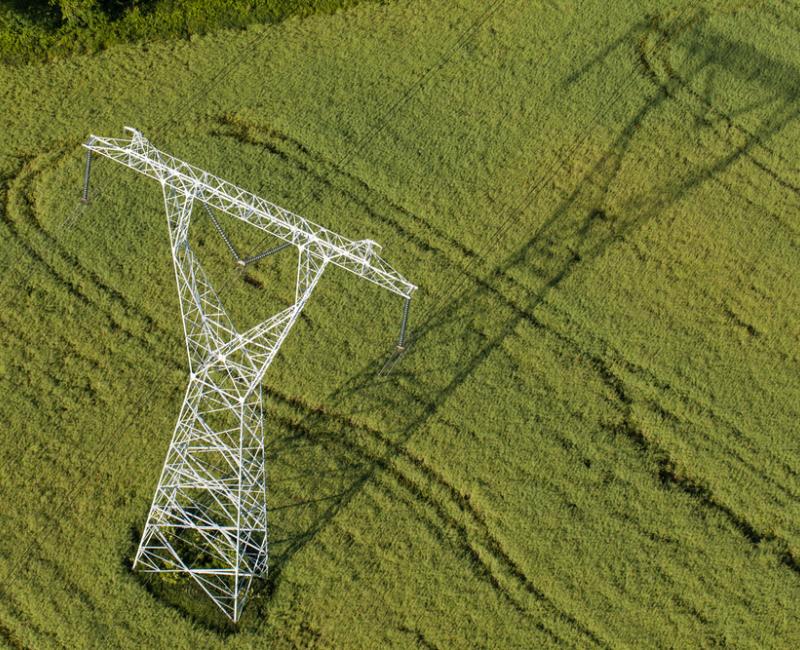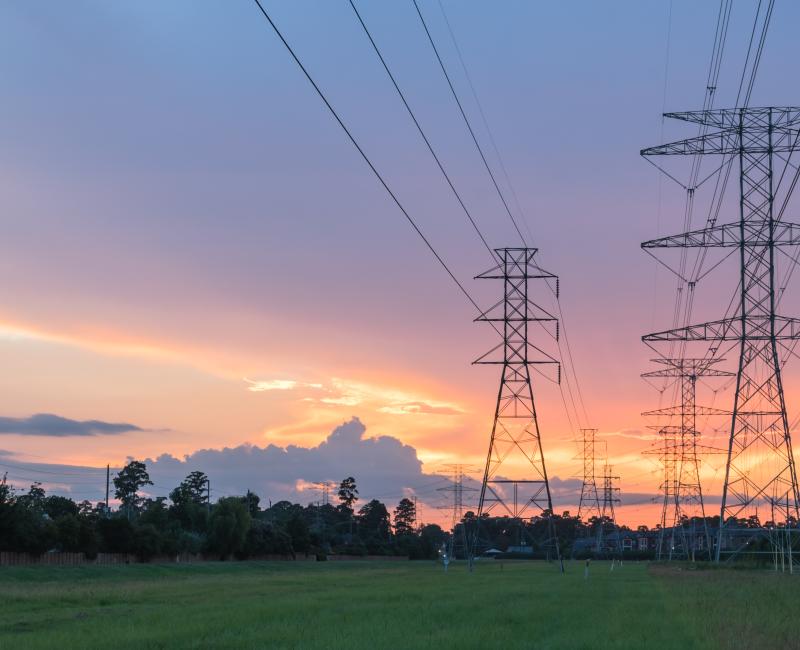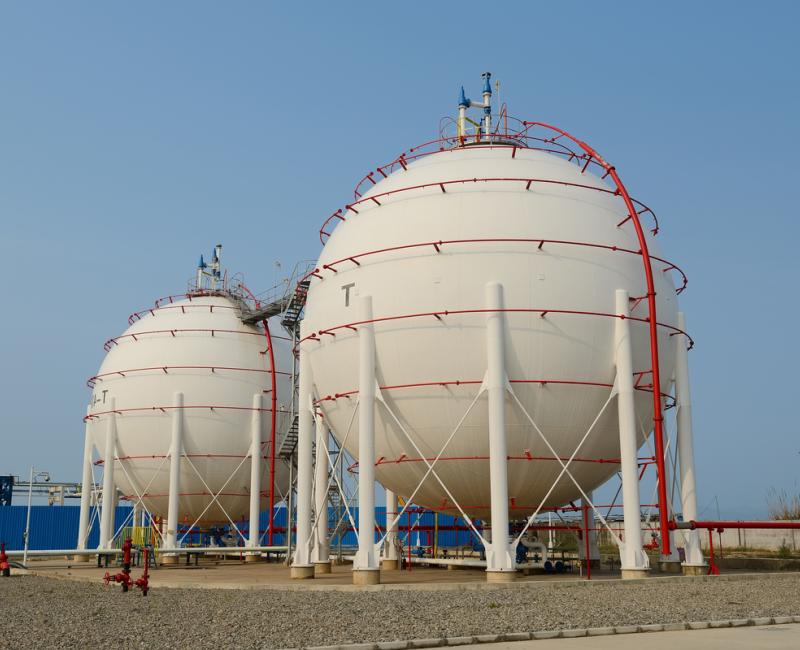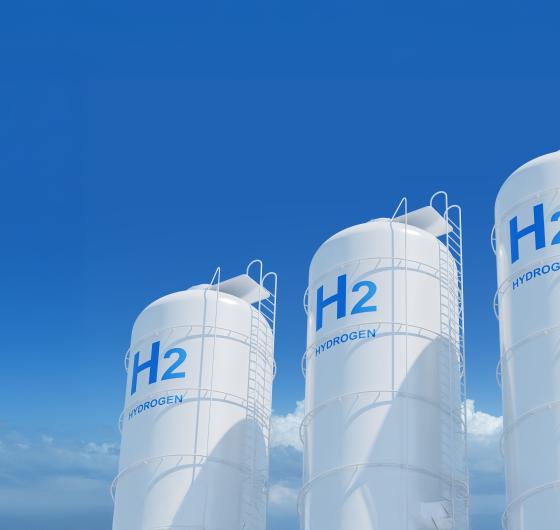ACER to decide on the alternative bidding zone configurations

ACER to decide on the alternative bidding zone configurations
What is it about?
Following the results of the Locational Marginal Pricing (LMP) analysis carried out by Transmission System Operators (TSOs), the EU Agency for the Cooperation of Energy Regulators (ACER) has initiated the procedure to decide on the TSOs’ proposal of alternative bidding zone configurations.
What is the role of ACER?
In their proposal for a methodology and configurations to be considered for the bidding zone review, TSOs did not include alternative configurations for a large part of Europe.
To better address this topic and further inform its decision making process, ACER envisaged to take two separate decisions. The first decision (ACER Decision 29/2020) included the approval of the bidding zone review methodology and assumptions, and requested TSOs to carry out a LMP analysis.
In the second decision, ACER will decide on the alternative bidding zone configurations to be investigated in the bidding zone review.
What are the benefits?
A better bidding zone configuration, whose borders are based on long-term, structural congestions, can bring several benefits, including increased opportunities for cross-zonal trades, more efficient network investments and cost-efficient integration of new technologies.
What are the next steps?
ACER will adopt this second decision by 20 July 2022.
As a following step, TSOs should start the bidding zone review, expected to last for 12 months.






